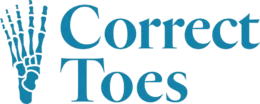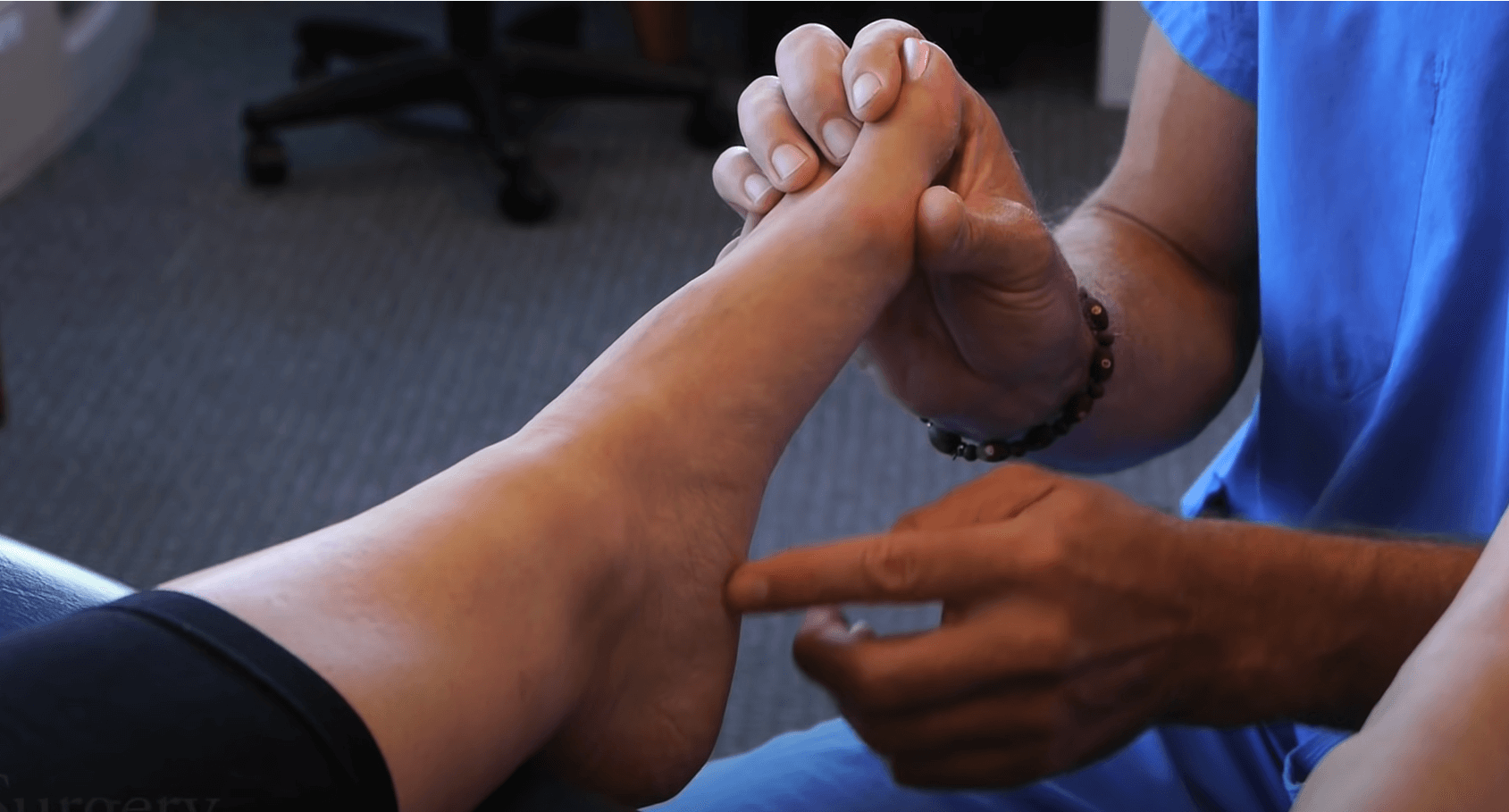Many people are aware that a transition period is required when switching from conventional, PCECH-style (Pronation Control, Elevated, Cushioned Heel) shoes to minimalist shoes. In fact, this is one of the most common topics we hear about from patients and customers. Most people want to know the proper protocol for transitioning to foot-healthy footwear—shoes, boots, or sandals that are widest at the ends of the toes, have flexible soles, and possess no heel elevation or toe spring. Though every individual is different and has unique factors or circumstances to consider, we’ve come up with eight general suggestions to heed that are important for everyone making this transition. And here they are:
1. Take a Slow, Progressive Approach
It’s perfectly normal to be excited about this new approach to foot health and function. After all, countless people have already benefited from true minimalist shoes and natural foot health approaches. But it is possible to be overzealous in the adoption of this new footwear, and failing to transition slowly from conventional-style shoes to minimalist shoes might lead to problems.
Consider wearing your new minimalist shoes for a very short period at first, such as 30 minutes per day, and then gradually increasing wear time by 30 minutes per day as your feet and body adapt to the changes. If you’re a runner, consider wearing your minimalist shoes for the first mile of your run to begin with, then switching to your conventional shoes when your feet get tired. As your feet and toes get stronger, you can begin wearing your minimalist shoes for longer periods during your run, eventually phasing out entirely your conventional running shoes.
2. Proceed in a Stepwise Fashion
Many people benefit from a stepwise approach to minimalist shoes that involves a gradual transition from a built-up conventional shoe to a transitional type of shoe to a true minimalist shoe. There are two main considerations as it concerns this stepwise approach: the sole of the foot and the Achilles tendon.
The sole of the foot is extremely sensitive (which is great for sensing the ground and making appropriate micro-adjustments during gait). But after a lifetime of wearing thick-soled shoes, the sole of the foot (skin, muscles, nerves) is not properly adapted to the ground, and being barefoot or using thin-soled shoes can be uncomfortable. The best way to build up your foot’s sole is to start with thicker-soled footwear, such as Altras and Lunas, and then move to thinner-soled options over time. Note that your thicker-soled footwear selection should still possess all the other foot-healthy characteristics that we recommend, specifically, a flat platform (no heel elevation, no toe spring, no arch-propping inserts), a wide toe box (widest at the ends of the toes), flexibility, and light weight.
Having worn conventional shoes with heel elevation for years (decades, in many cases), the Achilles tendon often becomes contracted, or shortened (sometimes up to three-quarters of an inch!). A shortened Achilles tendon will return to its normal length after conventional footwear is abandoned, but this process takes time. Heat, physical therapy modalities, and warming or cooling gels can help with this transition and rehabilitation. Shifting from a shoe with heel elevation to a “zero drop” shoe can place a tremendous amount of strain on your Achilles tendon, and overdoing it, especially at first, can cause damage and pain in this structure. Again, a slow, step-wise shift to transitional footwear (e.g., Altra shoes, Luna sandals, etc.) can make the leap to ultra-minimalist shoes (e.g., Lems Primal 2 shoes, Vibram FiveFingers shoes, Xero Shoes, etc.) a much lower risk.
3. Allow Time for Adjustments to Occur
The changes and deformities that happen in feet and toes exposed to conventional footwear take many years to occur. It’s no surprise, then, that positive, healthy changes and true foot and toe rehabilitation will also take some time to occur. Some people who transition to minimalist shoes do not allow enough time for the soles and muscles (in the feet and the rest of the lower body) to strengthen. Transitioning to minimalist shoes will, in most cases, work your foot and lower body in a very new and unique way, leading to initial soreness and fatigue in many before the longer-term strength gains and other favorable adaptations occur. Be patient, monitor your body’s response to this transition, and take it slowly! Changes are afoot.
4. Address Gait Changes
It’s extremely common for gait changes to occur when switching from conventional shoes to minimalist models. Most people who wear conventional shoes are heel-strikers (thick, elevated heels make it almost impossible to be anything else). People who wear minimalist shoes, on the other hand, often first contact the ground with the mid-foot or forefoot—a very different gait pattern that has wide-ranging effects throughout the body. This change in gait pattern tends to happen naturally upon moving to footwear with a completely flat (and thin) support platform. But sometimes there is a lag in gait changes that occurs during this transition, such that some individuals still continue to heel strike even after shifting to minimalist footwear.
Heel striking in minimalist shoes may cause some heel discomfort, as there is no longer the same level of cushioning in place to absorb the shock. Using heel cups (please see the next section for further details about heel cups) can be helpful in reducing or preventing this discomfort. Another helpful approach is to pay a lot of attention to how your feet and body feel during the transition phase. Consider paying extra attention to your feet during this time, and walk in a way that feels right to you (avoid “pushing through the pain” or limping in order to avoid pain). Forcing a forefoot strike is not ideal either. Basically, just feel and listen to your body and avoid distractions (chatting with friends, listening to music, etc.) while you’re walking or running during this transition period.
5. Use Met Pads and Heel Cups, if Necessary
Metatarsal pads are a fairly unobtrusive way to restore muscle or tendon balance in your feet and restore the position of your forefoot fat pad to a place that supports your metatarsal heads in the ball of your foot (a common pain point in many people with foot problems). Metatarsal pads, if placed properly, can also help spread your transverse foot arch, which helps take pressure off the structures that run through the ball of your foot, such as nerves and blood vessels.
Heel cups are are another helpful (and unobtrusive) natural foot product that alleviates point tenderness in the heel that may develop in minimalist shoe adopters. This point tenderness can happen early in the transition phase or later on, after you’ve been wearing minimalist shoes for a period of time. Point tenderness in the heel is relatively rare in minimalist shoe adopters, but it can be uncomfortable and, in some cases, lead to abandonment of natural foot health approaches. A simple heel cup is often enough to address this discomfort and keep a person in footwear that lets his or her foot function the way nature intended. Setbacks may happen from time to time, but in most cases, there is a simple solution or tweak possible that can help you stay on the path to natural foot health.
6. Use Correct Toes Toe Spacers
Using Correct Toes is one of the most powerful ways to support the transition from conventional footwear to minimalist shoes. Correct Toes naturally curbs overpronation and enables proper weight distribution. This extremely helpful product also encourages a natural strengthening of the muscles and tendons that act on your feet and toes. Correct Toes toe spacers work well in minimalist shoes with anatomically appropriate toe boxes (i.e., toe boxes that are widest at the ends of the toes, not the ball of the foot as in conventional—and many minimalist—shoes).
7. Add Barefoot Time to Your Regimen
Adding some barefoot time to your foot health and minimalist shoe transition regimen can be extremely helpful in ensuring a smooth (and injury-free) shift. Spending at least some time barefoot, even if only around the house, can help condition the soles of your feet and strengthen your foot and toe muscles, accelerating the foot adaptations that occur with minimalist shoe wearing in a safe and constructive manner. If appropriate, you may also consider walking outdoors in your bare feet, weather permitting, starting with as little as one block.
8. Perform Key Home Care Exercises
Performing certain exercises at home (or work) can help with your transition from conventional to minimalist shoes. The most helpful exercises you can perform include the Toe Extensor Stretch, the Bunion Stretch, and the Ball Rolling Exercise. These exercises, when performed in series, help relax tight muscles and tendons and build foot strength. For the best possible outcome, perform these exercises at least several times each day.
Conclusion
Using true minimalist shoes—shoes that are widest at the ends of the toes, have a flexible sole, and possess a completely flat support platform—offers the possibility of profound and enduring foot health benefits. Like most aspects of health, it’s always best to exercise caution and restraint in transitioning to a new and natural approach. Your feet and body are amazingly adaptable and will indeed strengthen if treated appropriately. But this remarkable adaptation process only works well with time, patience, diligence, and a progressive approach. It is an investment well worth making, as it will pay foot health dividends for an entire lifetime. If you have any questions about any aspect of transitioning from conventional shoes to minimalist footwear, please consider meeting with your natural healthcare provider. And now: onward, to excellent foot health!
About the Authors:
Dr. Robyn Hughes is a naturopathic physician; the Director of Medical Education for Correct Toes; a foot health educator in Asheville, North Carolina; and the co-founder of NaturalFootgear.com. She is an avid cyclist, trail runner, and yoga student.
Dr. Ray McClanahan is a sports podiatrist; the founder and physician of Northwest Foot & Ankle in Portland, Oregon; and inventor of Correct Toes. He’s a former elite cross-country racer and regular participant in various running events throughout the Pacific Northwest.






